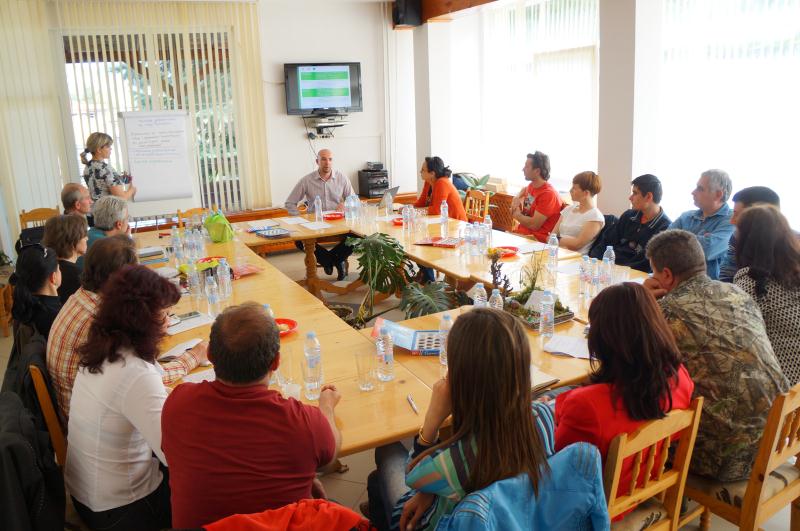Global Teams Trends Challenges And Solutions
In the global economy today, the success of a business involves the acquisition of a geographically distributed workforce. It is the trend with most of the companies today and is rapidly catching on. The benefits of this is the company owners can acquire an international workforce with the highest skills.
It is a combination of deep knowledge of the internal market from which each of the employees comes. It will enable you to spread your business into other countries and have a team there that has all the prerequisite knowledge about that market. It is something that will aid a multinational corporation to be a competitor in the international market. However, there are also many challenges in building global teams. In the part below, we'd like to show you the global teams trends challenges and solutions.
Global Virtual Teams Challenges
One of the global teams challenges is that there is a noticeable disconnect between the central management and the international staff. In a survey conducted by RW CultureWizard, about 58% of the international managers are ill equipped to lead a cultural team. According to the international managers, 96% of those identified as international managers felt that they were fully equipped to handle the international teams. There is therefore a 38% disconnect between the opinion of the managers and the opinion of the team members. One of the biggest reasons they fail is the disconnect in corporate communication. They do not know the pre-required forms of communication or the required infrastructure.
Another major reason for that huge disconnect is the cultural differences between the management and the international staff. In fact, 68% of the respondents from the survey reported that the cultural difference between the two parties involved was the reason for the disconnect.
Another challenge of managing global teams originates from getting the global virtual team hierarchy just right. There might exist a problem due to the different geographical positions. Some teams might be larger than others. The larger teams might feel like they have more power than the minor teams. This perception of power might cause a negative effect on the team as a whole. The people with a perceived power might feel like the team with less teammates can get away with less contributions. This may cause them to resent the smaller team. The smaller team might feel like the majority is drowning them out in terms of voice and power.
Solutions to Challenges in Building Global Teams
One of the solutions is to increase the degree of communication in the workplace. In a domestic workforce, communication is effectively done within the workforce via face to face communication. This is a more effective way to communicate your instructions and get the immediate feedback from your employees. In international communication, you can also employ face-to-face communication. You can do this by the use of virtual communication.
There are a number of virtual communication solutions in the market, notably ezTalks Meetings. ezTalks Meetings is a must have mode of web conferencing and video communicating. The tool offers you plenty of benefits as compared to the competitors. These include the following:
Screen sharing where you can share your screen among numerous people to enhance the user experience.
The video quality is always HD so as to give you a near real virtual meeting experience.
It has an interactive whiteboard feature to enable you to draw up your ideas and illustrations.
It always records all your video calls in case you need it for future reference.
You can also chat while you are on video call in case you need to send a document.
To solve the problem of cultural difference, there is a need to increase the degree of intercultural training between the staff members and the management. The management should take up a course in the cultures of each of the individual members of the team. Also, the sure way of acquiring the cultures of their individual members is by actually interacting with them. This way they will know how the individual team members are and who they are on a personal level. This is sure to eradicate the disconnect.
To correct the issue of power perception it would be essential to remind the different teams of the important values of the team. It would be important to remind them such things as:
Who the company is. Remind them that they are one team and that they can only thrive if each member functions to their full capacity. Encourage a sense of sensitivity to these differences but at the same time encourage them to build unity among themselves. Create a platform on which they can talk about their different cultures and put a policy that has zero tolerance to cultural insensitivity.
Remind the team members that they share a common goal and they should focus all their energies on achieving those goals as opposed to emphasizing their differences.
Conclusion
Managing global teams could prove to be quite a challenge. This is mainly brought about by the issues of communication and cultural differences. The use of virtual meeting solutions could solve a large proportion of these issues. Also encourage policies that do not tolerate cultural insensitivity.
